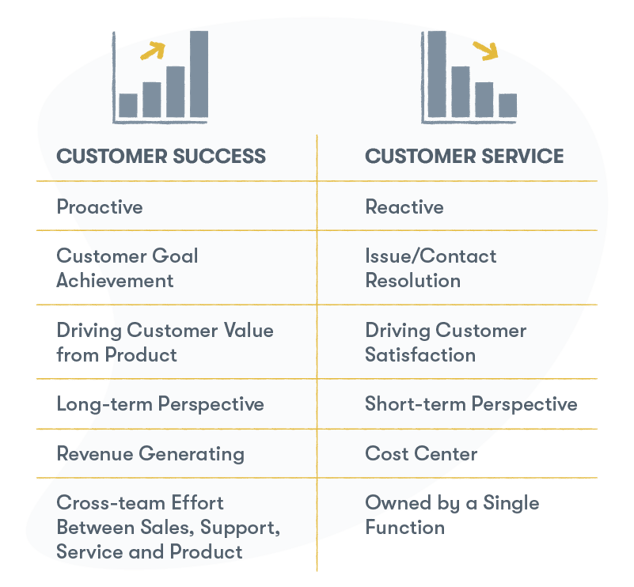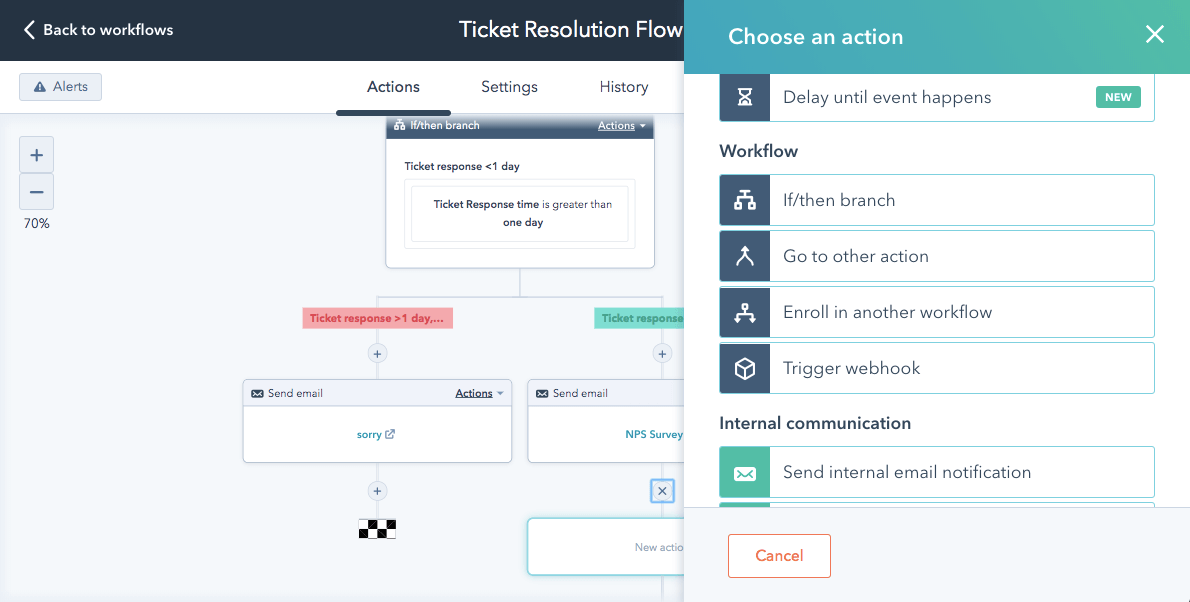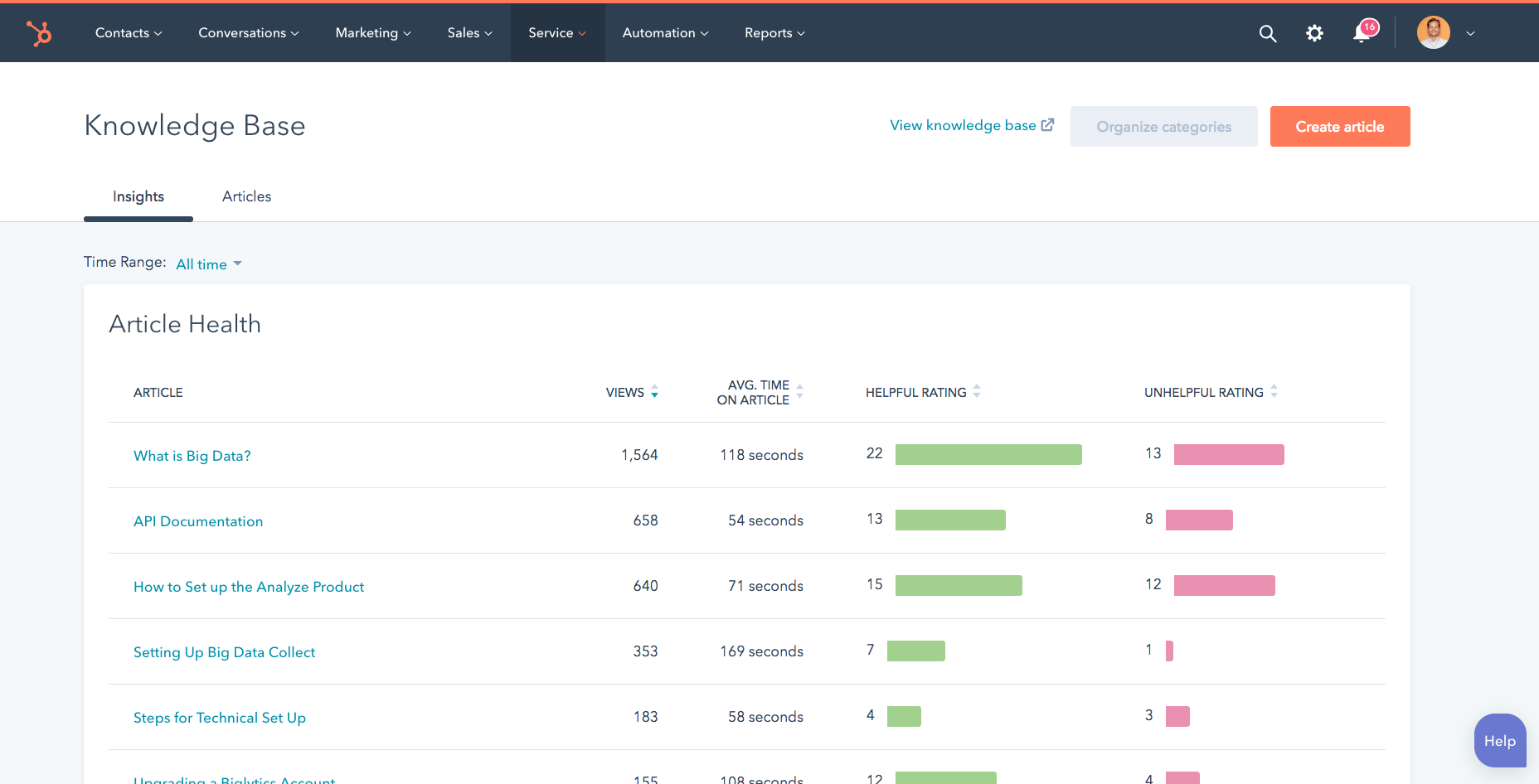Once, adding customer service to your business operations was the key to keeping your clients happy and satisfied with your brand. But now, we are entering the day and age when "customer service" is slowly being overturned by "customer success". Why? Because customer success is more critical when creating an excellent customer experience.
"A good customer experience means your customers will spend more."
(Source: PWC)
Customer Service / Support and Customer Success are two different fields but they are not interchangeable. They in fact should work together. Here are the key differences between the two:

(Source: Groove)
All in all, Customer Service is about putting down fires while Customer Success is taking one step back to make sure that the fires don't occur in the first place. The key here is that with Customer Service, you are just focusing on making the customer stay, but by implementing Customer Success operations, you can really turn your clients into promoters.
"Investing in new customers is between five and 25 times more expensive than retaining old ones."
(Source: Forbes)
I understand that now you might be asking yourself, "How am I expected to turn the entire customer care operations 180 degrees? It sounds like it requires spending more money on acquiring new team members, training them in new systems, which could take months or even years. It's impossible!" No, it's not, and we are here to help you get started!
We understand that although having a Customer Success team is becoming more and more popular, not everyone has the capacity to drastically change their operations. So, here are three tips on how to improve your Customer Service that when implemented together, present a shortcut to steadily building reliable and thriving Customer Success operations (all without months of preparations or spending an exorbitant amount of money).
THREE TIPS ON HOW TO IMPROVE YOUR CUSTOMER SERVICE
1. Organise (Internal and External) Communication
.png?width=1166&name=JTBD%201_Unify%20your%20Teams%20and%20Channels%20(Option%201).png)
(Source: HubSpot)
Having an organised communication path is key to keeping your customers happy. But it not only involves company-client communications - you need to remember to also stay organised within your company.
First of all, think about your Customer Service path. When a client sends you a message or submits a support ticket, where does this communication land? Merging this client-company communication together from all different sources can provide you with a single source of truth, which is beneficial for staying organised because it allows for easy access to the client messaging.
"Nearly 60% of customers feel that long holds and wait times are the most frustrating parts of a service experience."
(Source: Zendesk)
So, the first step is to aggregate all the customer service data from different sources into a single location. Once you've got that covered (and all of the customer information goes to a single location), you will probably need to create a pipeline for an organised look into your client issues or concerns. That way, you will be able to stay on top of new requests, pending tickets, and report on the already closed ones.
Also, stay in communication with your employees beyond your service team. Customer Success is about a cross-team effort that unites your customer-facing roles in order to bring the best help possible.
REAL LIFE EXAMPLE: You're a B2B company that sells many products. Your service team receives a message that the client is looking for a functionality that is not a part of the product they have but it is available in a different package. Here, internal communication is key for connecting your customer to an appropriate salesperson who can assist your client in purchasing the additional package.
Remember folks, organisation is key to keeping your operations neat!
2. Automate Operations & Personalise Messaging

(Source: HubSpot)
"Automate wherever possible, personalise where necessary." - Simon Binek, CEO of ClickRay
Automating your day-to-day operations is vital for alleviating your customer team of menial tasks so they can focus on the most important thing - keeping your customers happy. By eliminating the unnecessary manual process of organisation (e.g, manually moving the messages from different sources into one place), your team can actually focus on solving customer problems and assisting them in need.
"63% of consumers expect businesses to know their unique needs and expectations, while 76% of B2B buyers expect the same thing."
(Source: Salesforce Research)
Personalisation, on the other hand, can empower your team to craft authentic experiences. Sending automated emails based on pre-made templates containing personalisation tokens (such as first name, company name, the topic of issue), can help your team scale their operations while making the customer feel heard and taken care of, without the cost of spending excess time on writing personalised emails from scratch to a bulk of contacts. This also can be done by making use of automated bots (e.g., website chatbots or Facebook messenger) and sending automated surveys to request client feedback. Connect those inboxes with your single source of truth to keep your messages organised in one place!
3. Build a Knowledge Base & a Self-Service Portal

(Source: HubSpot)
During the INBOUND 2021 conference, Dharmesh Shah, HubSpot co-founder and CTO, spoke about customer relationships - what it actually means, how they are built, and most importantly, how they can transform companies. His prediction on the future of websites is the focus on "decentralization" - when data is delegated away from the central and authoritative location to the customers so that the customers have an outlook on their own data.
What does that mean in terms of Customer Service or Success? It means that customer want to have control over their own data - whether it's seeing if their support ticket has been processed or having easy access to the product documentation.
"Customers prefer knowledge bases over all other self-service channels."
(Source: Forrester)
Just take a look at HubSpot's Help Center - it's very neatly organised so that a HubSpot user can easily gain access to the most important things they require.
When you build a dedicated customer portal with product knowledge and a history of communication, you empower your customers to get the help and information they need, when they need it — so you can minimise the repetitive, menial tasks for your customer care team and increase customer trust in your company. In other words, you delegate the tasks to the customers themselves, who are happy to be in control over their own information, while reducing the amount of work put on your team so they can focus on providing more in-depth help to your customers. And that's on improving your customer service while scaling your operations!
SO, HOW DO YOU IMPROVE CUSTOMER SERVICE?
|
1. Organisation
2. Automation & Personalisation 3. Decentralisation
|
In conclusion, these are the three first steps for you to focus on to improve your customer service so that your customer success operations can thrive.
You may ask, Julia, where did you get these cool images? What do they represent? Well, they are screenshots of HubSpot's own tool, Service Hub. Service Hub is a customer service software that organises, automates, personalises, AND decentralises your customer data. It is an easy-to-use tool that scales your customer service operations. Are you interested in learning more about how you can scale your customer service (which will save you time and money)? Schedule a FREE consultation with our HubSpot expert to see how we can help you minimise the churn and turn your clients into promoters.




